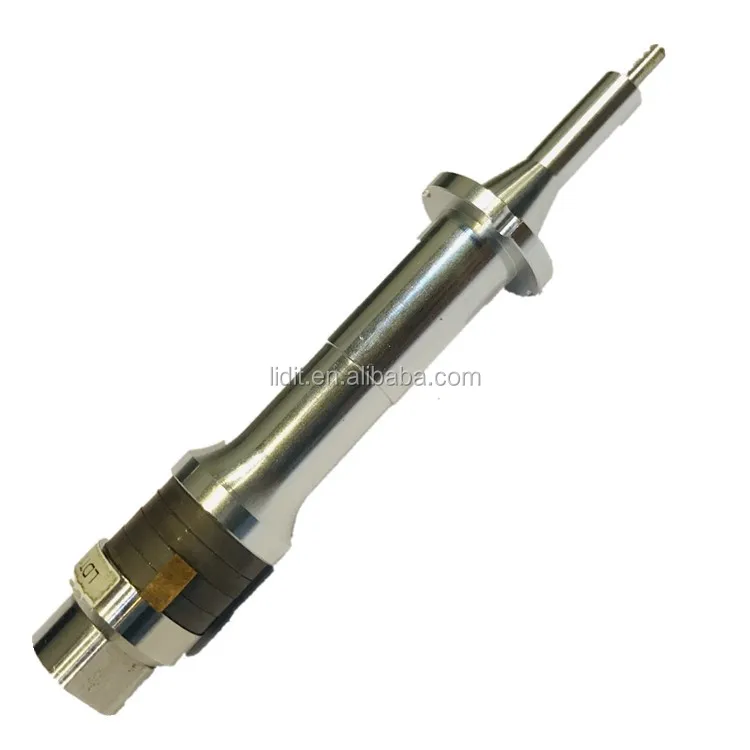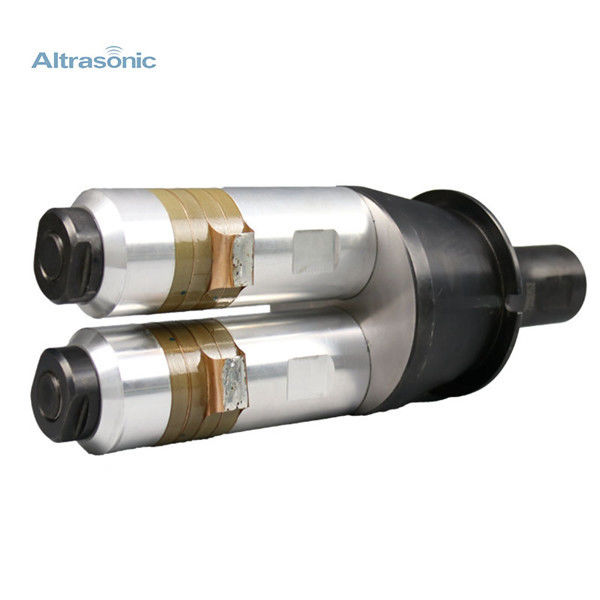

In addition, an ex vivo platform, where implanted biomaterials will be exposed to ultrasound stimulation, is under development. The first one will be used to characterize the properties of different tissues with ultrasound. Researchers from the University of Oulu are currently constructing two platforms for upcoming experiments. The piezoelectric effect converts kinetic or mechanical energy, due to crystal deformation, into electrical energy. Our materials enable 2D, 3D, and 4D imaging as well as catheter based intravascular ultrasound (IVUS) imaging.

We provide both monolithic and composite piezoelectric elements used in medical ultrasound applications. Activating implanted piezoelectric nanoparticles with external ultrasound stimulation launches many biological effects and with correct stimulation settings, these effects can be controlled as desired. Medical professionals use ultrasound imaging to view internal organs and fetuses during pregnancy. There are two physical main effects when ultrasound wave interacts with biological tissues: thermal and mechanical. Ultrasound is a mechanical wave with frequencies higher than 20kHz and besides medical imaging, it is also used for therapeutic purposes in medicine. When exposed to external mechanical stimulation, these nanoparticles activate and create electrical cues, which in turn can activate many intracellular signaling pathways, and influence the intracellular microenvironment. The use of piezoelectric materials, like Barium Titanate (BaTiO3), has shown great potential in the field of regenerative medicine.


 0 kommentar(er)
0 kommentar(er)
